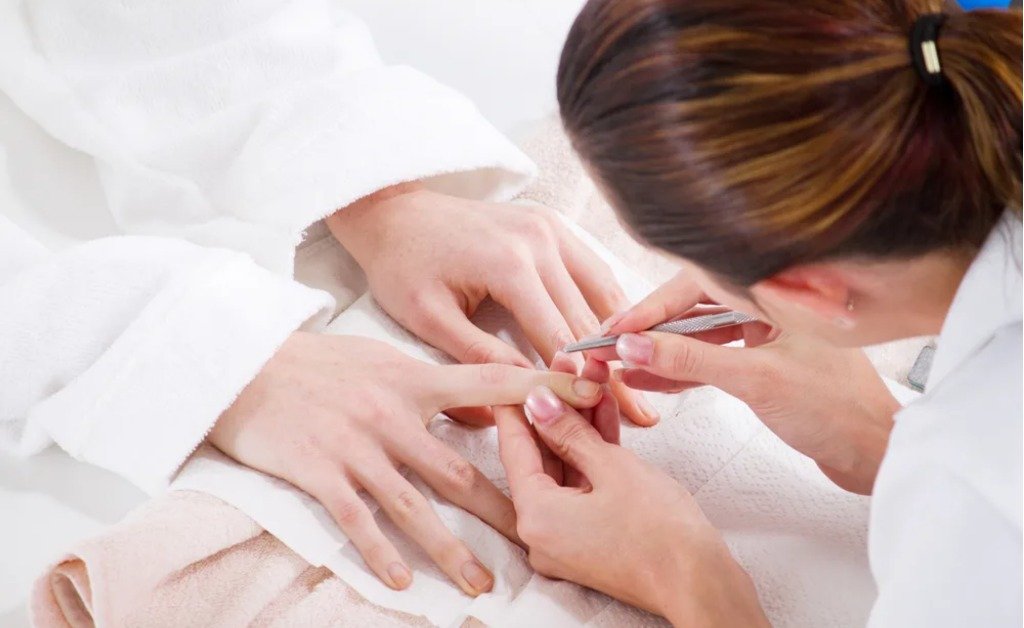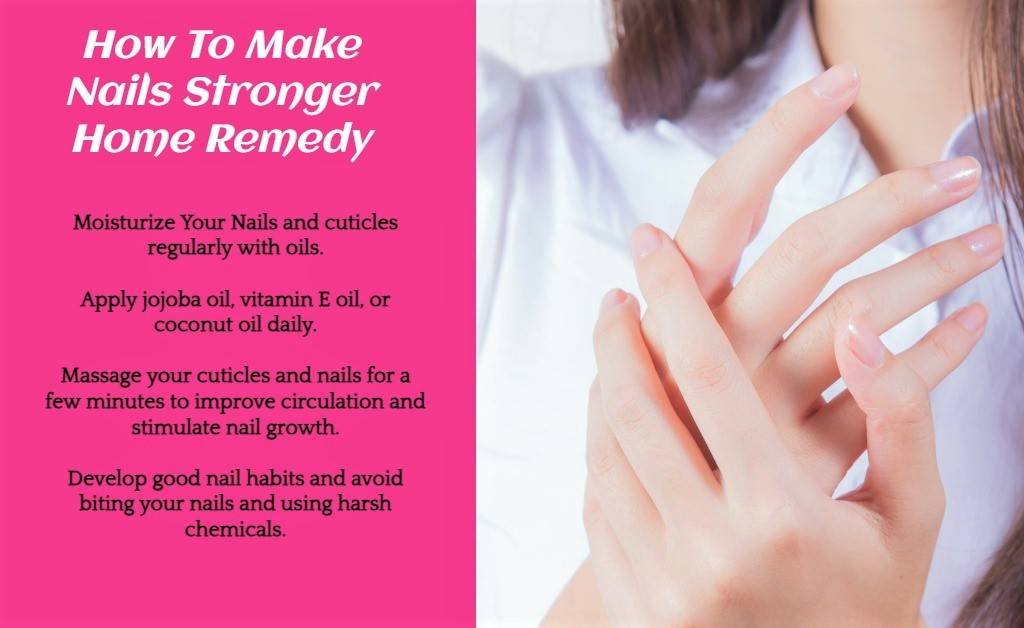Getting your nails done with enhancements like acrylics or gel polish is meant to be an enjoyable pampering experience. Why Do Nails Throb After Getting Enhancements? Many people enjoy getting their nails done with enhancements like acrylics or gel polish. They can make your nails look beautiful and last longer. But sometimes, you may feel some pain or throbbing under your nails after the salon service.
This can be annoying and uncomfortable. What causes this pain and how can you treat it? In this article, we will explore the possible reasons for nail throbbing after gels or acrylics and the ways to relieve it.
Throbbing nails after gel

Gels are more flexible than acrylics but can still cause throbbing if applied too tightly as nails adjust. This is due to pressure on the nail bed cutting off circulation temporarily.
Leaving any residue from previous gel layers unremoved before reapplication traps the new layer against the nail. This keeps continuous pressure that contributes to throbbing nails after gel. Minor impacts or bumps to freshly gelled nails can also cause throbbing through repeated microtrauma as the thin nails are more vulnerable.
Throbbing nails after acrylic

Acrylics are more rigid, so they are more likely to cause throbbing if the tip is applied in a style that is too tight or constricting against the natural nail. Not fully removing the previous acrylic layer by soaking or pushing it off properly results in trapped material. This adds further uncomfortable pressure under the new application. Some people may develop contact allergies or sensitivities to chemicals in acrylics over time. This can manifest as irritant throbbing nails after acrylic under the extensions.
Potential Causes of Throbbing Pain Under Acrylics or Gels

Too Tight Application
One of the most frequent culprits of throbbing nail pain is the artificial nails or extensions being applied too tightly against the natural nail bed. This constriction and pressure can starve the nail tissue of oxygen and nutrients over time. Even if applied by an experienced tech, some swelling post-service can then create throbbing deep under the nail.
Damage to the Nail Bed
Aggressive filing or shaping of the nail bed during prep leaves it vulnerable and more prone to pain, bruising, and damage from tight extensions. Throbbing post-manicure may indicate an insult to this delicate skin.
Previous Layer Not Fully Removed
If previous acrylics or gels were not sufficiently soaked and pushed off before re-application, it can trap layers of dead skin under remaining product fragments. This creates an increasingly tight, throbbing wound under the new extensions.
Pressure from Catching/Bumping Nails
Even with proper application, throbbing pain may occur if artificial nails catch on fabric or surfaces, putting undue pressure on the nail bed and trickling down in sensation. Careful hand use is key at first.
Allergic or Irritant Reaction
A developing allergy or sensitivity to certain gel polymers, methacrylates in acrylics, or other ingredients may cause irritant contact dermatitis over time that throbs. Patch testing before use helps identify issues.
Infection Under Extensions
Trapped moisture and bacteria thriving in confined, dark spaces under artificial nails leads to swollen, throbbing infection of the nail fold and bed. Good hand hygiene fights this.
Nail Trauma from Daily Activities
Whether natural or artificial, repeated minor bumps, impacts, and stresses make nails vulnerable to chronic throbbing due to over-exposed bruising and microtrauma to the nail matrix.
What to Do About Throbbing Nail Pain
How to Treat and Prevent Nail Pain Nail pain can be very uncomfortable and annoying. It can happen because of nail enhancements, injuries, infections, or other health problems. Here are some tips on how to deal with nail pain and keep your nails healthy:
- If you have nail enhancements, remove any loose pieces or file them thinner to reduce pressure on your nails.
- Apply ice wrapped in a cloth to your nails for 10 minutes, several times a day, to reduce swelling and pain.
- Take over-the-counter painkillers like ibuprofen to ease the throbbing sensation.
- Massage oil or cream around your nails every night to moisturize and improve blood flow.
- Avoid habits that can hurt your nails, such as biting, picking, or scratching them.
- Watch for signs of infection, such as redness, pus, or heat, and see a doctor if you need antibiotics.
- Use nail hardeners or calcium products to strengthen your nails over time.
- Choose gentle nail enhancements, such as gel manicures, that are less likely to cause pain.
- Give your nails a break between services to let them recover and breathe.
If your nail pain does not go away after a week of self-care, you should see a doctor to check for other possible causes, such as:
- Nail matrix infection: This is a bacterial infection that affects the base of your nail. It can cause severe pain and swelling. You may need oral antibiotics to treat it.
- Fungal infection (Onychomycosis): This is a fungal infection that grows under your nail. It can irritate your skin and bone. You may need oral antifungals to treat it.
- Psoriatic arthritis: This is an autoimmune disease that affects your joints and nails. It can cause inflammation and pain. You may need to see a rheumatologist for treatment.
- Eczema: This is a skin condition that affects your hands and nails. It can cause itching and pain. You may need topical creams to treat it.
- Chemical sensitivity: This is a reaction to solvents or other chemicals in nail products. It can cause chronic pain and irritation. You may need to avoid the triggers and use hypoallergenic products.
- Lyme disease: This is a disease caused by a tick bite. It can cause pain in your fingers and nails, among other symptoms. You may need antibiotics to treat it.
You should tell your doctor about your symptoms and any nail products or treatments you use. This can help them diagnose and treat your condition faster. Treating the root cause can help you prevent nail pain in the future.
To prevent nail pain, you should also follow these tips:
- Choose a qualified and hygienic nail technician who does not damage your nails or apply too tight enhancements.
- Hydrate and strengthen your natural nails before getting enhancements.
- Ask for thin and flexible enhancements that do not constrict your nails.
- Clean and disinfect your nail tools and wash your hands regularly to prevent infections.
- Change your enhancements every two weeks to avoid pressure buildup.
- Change your habits that can stress or injure your nails.
By following these tips, you can keep your nails healthy and pain-free. You can also enjoy your nail enhancements without worrying about throbbing. Communication with your nail technician and doctor is essential for your comfort and well-being.
Conclusion
Throbbing nail pain can have different causes and treatments. It can be a temporary problem after a manicure or a sign of a serious condition. You should try some self-care remedies to ease the pain and prevent it from happening again. You should also see a doctor if the pain does not go away or gets worse. By taking good care of your nails, you can enjoy your nail enhancements without throbbing.
FAQs
Why do my nails ache after a gel manicure?
Nails can ache initially as they adjust to the new weight and thickness of gel extensions. Applying gel too tightly or filing the nail bed too much during prep can also lead to minor bruising and tenderness that should subside within a few days with moisturizing and not stressing nails.
What helps soothe sore nails after gel manicures?
Some soothing steps are using an ice pack, filing any sharp edges, avoiding activities that stress nails, moisturizing cuticles daily, and allowing nails time exposed to air rather than being sealed under gloves or polish right away.
Why do my nails throb after getting them done?
Throbbing usually indicates underlying nail bed bruising or damage from excess filing during shaping. It’s best to ask technicians to gently prep natural nails without being too aggressive. The throbbing will fade within a week with self-care.
How do I stop my nail from throbbing?
To reduce the throbbing, soak in acetone to relieve any pressure from overly tight applications. Apply ice for 5-10 minutes daily and use over-the-counter anti-inflammatory medications. Moisturizing and avoiding further trauma to nails also aids the healing process.
Why do my fingers hurt under UV light during gel manicures?
Some people can develop sensitivities to certain gel chemicals or lamp components over time. Discuss alternatives like LED lamps with your nail tech if fingers repeatedly experience a burning sensation during curing. Proper hand hydration also eases potential issues.
Is it normal for nails to ache a bit after a manicure?
Minor tenderness for a day or two is common as nails adapt. But pain lasting over a week could mean damage occurred, so see your tech for gentle filing if discomfort persists at that point.


